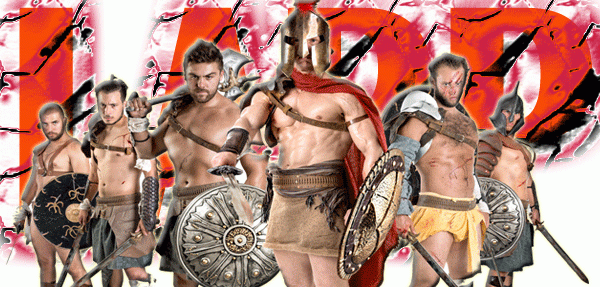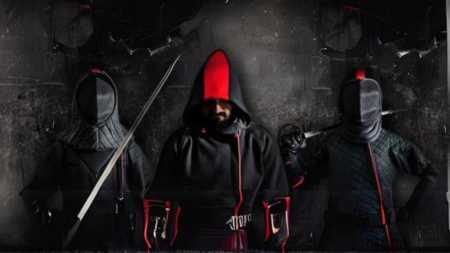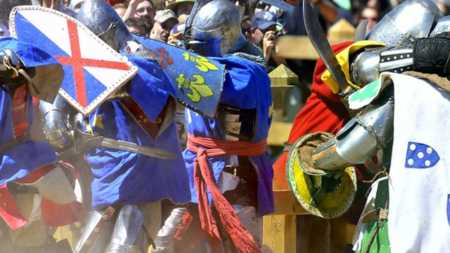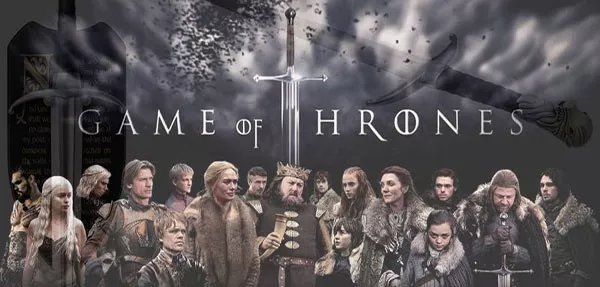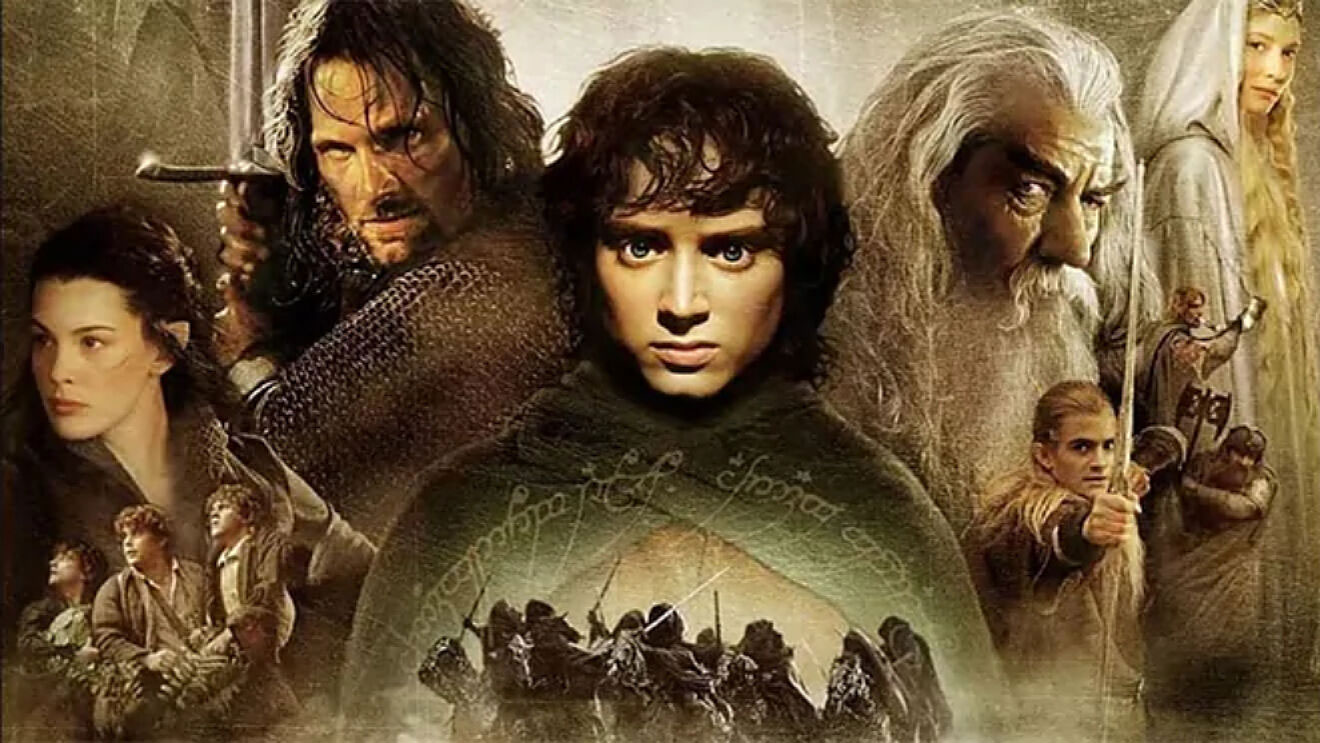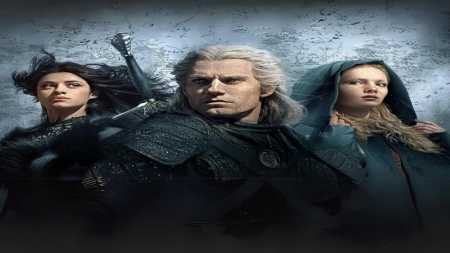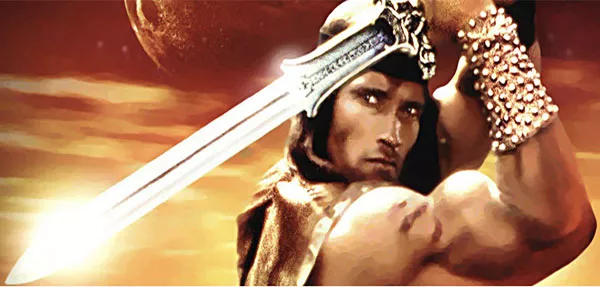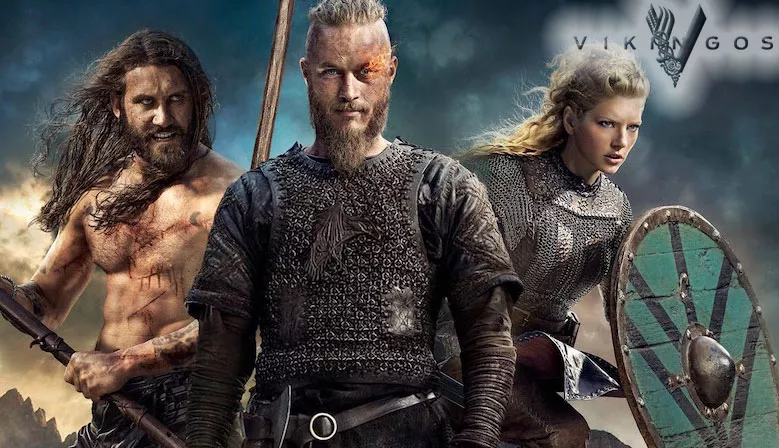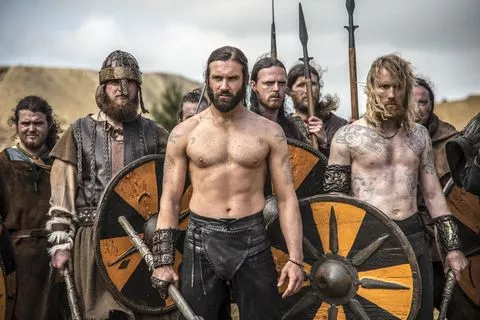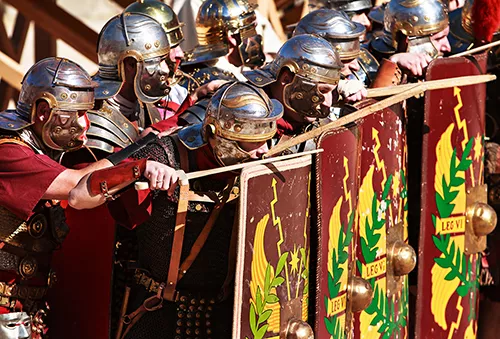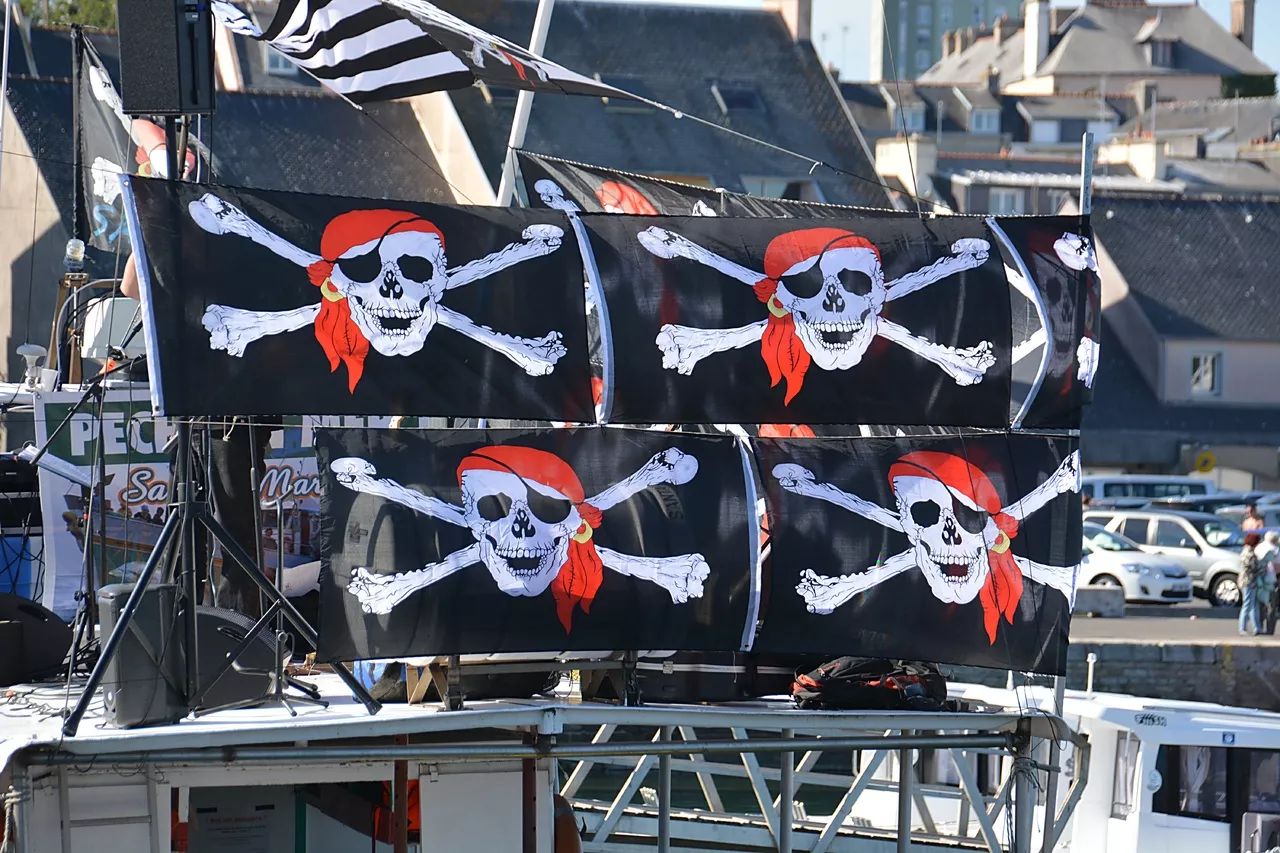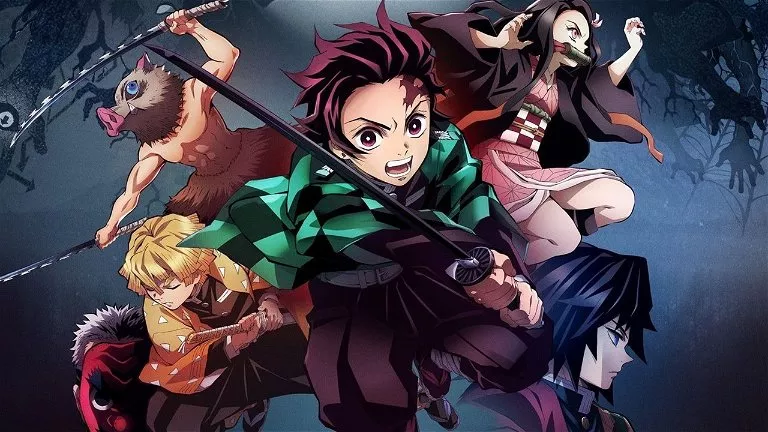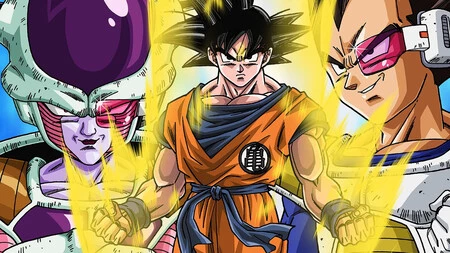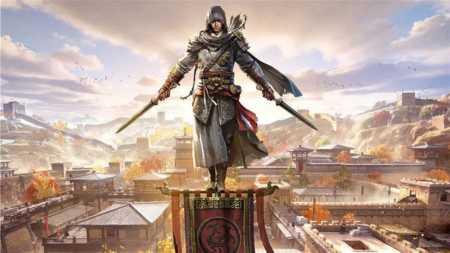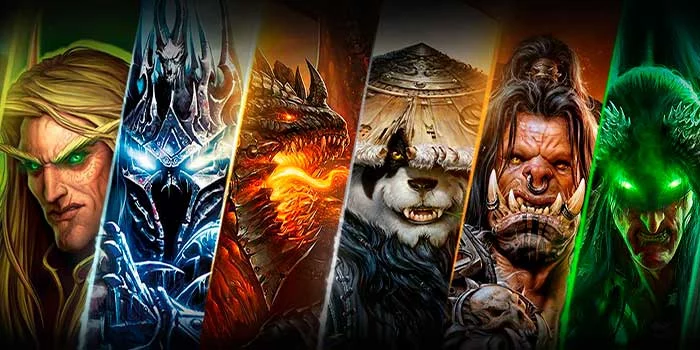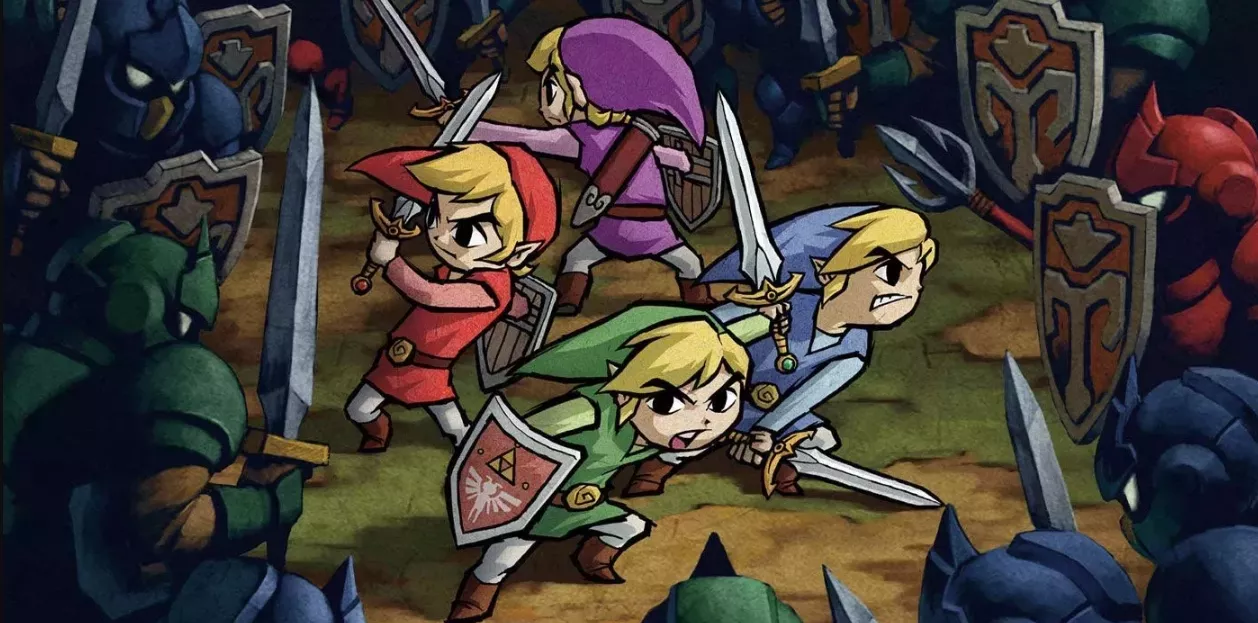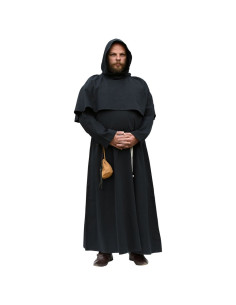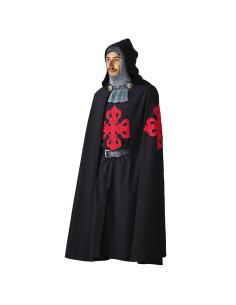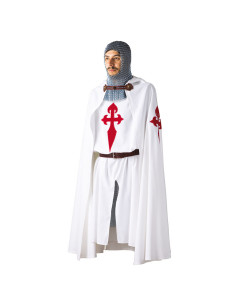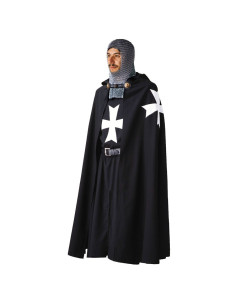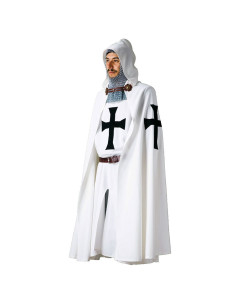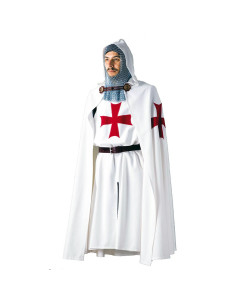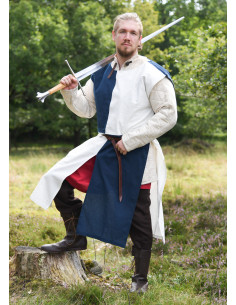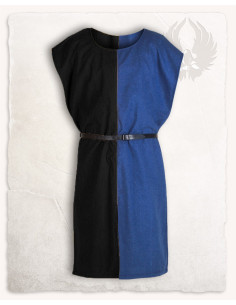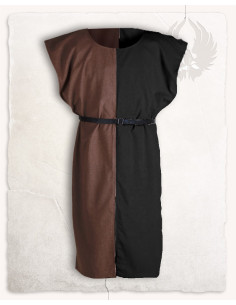Medieval tunics
£247.10
Are you looking for an authentic and unique set of armor for your LARP games? Then look no further, the Scales of Oria Armor, in black, is the perfect option for you. Inspired by the historical designs of the Castilian area, this armor is made entirely of split leather and covered in scales, including the sleeves, making it resistant and attractive....
£247.10
Are you looking for an authentic and unique set of armor for your LARP games? Then look no further, the Scales of Oria Armor, in green, is the perfect option for you. Inspired by the historical designs of the Castilian area, this armor is made entirely of split leather and covered in scales, including the sleeves, making it resistant and attractive....
£36.30
Discover the authentic medieval Benedikt cowl, a must for those looking to relive medieval times. Available in two colours, black and dark brown, this religious suit is the traditional attire worn by Catholic and some Anglican clergymen. Made of 100% cotton, this hood is synonymous with quality and durability. Its carefully crafted design will transport...
£113.85
Pack of the Knights of Calatrava consisting of the cape and the tunic with the embroidered cross. Ideal for any medieval themed wedding or reenactment. Made of high quality cotton. This pack is composed of: Ref. 094970000. Calatrava tunic with embroidered cross. . See article Ref. 094630000. Calatrava cape with embroidered cross. . See article
£113.85
Pack of the Knights of Santiago composed of the cape and the tunic with the embroidered cross. Ideal for any medieval themed wedding or reenactment. Made of high quality cotton. This pack is composed of: Ref. 167980000. Knights of Santiago cape with embroidered cross. . See article Ref. 112380000. Knights of Santiago Banner, 110 x 70 cms.. . See article
£113.85
Pack of the Knights Hospitallers composed of the cape and the tunic with the embroidered cross. Ideal for any medieval themed wedding or reenactment. Made of high quality cotton. This pack is composed of: Ref. 094980000. Hospital Tunic with embroidered cross. .See article Ref. 094670000. Hospital Cape with embroidered cross. . See article
£113.85
Pack of the Teutonic Knights consisting of the cape and the tunic with the embroidered cross. Ideal for any medieval themed wedding or reenactment. Made of high quality cotton. This pack is composed of: Ref. 095020000. Teutonic tunic with embroidered cross. . See article Ref. 094640000. Teutonic cape with embroidered cross. . See article
£113.85
Pack of the Templars consisting of the cape and the tunic with the embroidered cross. Ideal for any medieval themed wedding or reenactment. Made of high quality cotton. This pack is composed of: Ref. 094960000. Templar Tunic with embroidered cross. . See article Ref. 094620000. Templar cape with embroidered cross. . See article
£25.41
Discover the authentic two-tone Eckhart Medieval Surcoat in an elegant blue/natural tone! This calf-length tunic is made of durable cotton fabric and features a straight cut with side slits from the waist down. In addition, it has a small opening on the front and back, providing an additional touch of style and comfort. The two-tone Eckhart medieval...
£17.58
Awaken the inner warrior in you with our two-tone cream-blue Ignaz model tabard! This impressive tabard is an essential piece of clothing for soldiers and guards. Its cream and blue color scheme gives you a distinctive and elegant look, standing out from the crowd and giving you a powerful visual identity. Constructed from the highest quality materials,...
£17.58
The Ignaz model two-tone black-blue tabard is an essential item of clothing for soldiers and guards. Its unique and eye-catching design makes it easy to identify a close group, even if each member is wearing different types of armor and clothing. Made from a soft and breathable 100% cotton, the Ignaz tabard offers exceptional comfort over long periods of...
£17.58
The two-tone black-brown Ignaz model tabard is the ideal garment for soldiers and guards who wish to mark their unit as a solid force, even with different types of armor and clothing. With various color combinations available, this tabard stands out with its distinctive and attractive design. Made with 100% cotton, the Ignaz tabard guarantees comfort and...

